Famous French painter Henri Émile Benoit Matisse, who also distinguished himself as a graphic designer, sculptor, stage designer and architect, owes his career to chance. His life path was initially determined by his father's will, and there was no indication that he would become one of the greatest artists and artistic innovators of the 20th century.
He was born on 31 December 1869 on his grandfather's farm in the northern French town of Le Cateau-Cambrésis. His father, Émile Matisse, was a merchant and had a drugstore and a spice and seed shop. Héloise's mother, née Gérard, was an amateur painter. After the Franco-German War, the family moved to Bohain-en-Vermandois in Picardy in 1871, where Henri grew up with his brother Pierre, three years younger, and was the first born to take over the family business. However, as he was not suited for business, his father sent him to Paris to study law. In 1889 he returned with a diploma and took up a position as a trainee. After a year he found himself in hospital due to appendicitis, where his fellow patient advised him to banish boredom by painting. His mother brought him paints and he found he was a much better painter than a lawyer. Once he recovered, he enrolled in a drawing course at the Quentin-de-La Tour school designed for textile designers.
His disappointed father did not want to hear about painting at first, but at his mother's insistence, he finally gave his son money to study painting in Paris, and so Henri was able to start studying at the Julian Academy in 1891. However, his conservative teachers were divided about his work, and in 1895 he enrolled at the École des Bseeaux-Arts, where he met other painters with a similar style to his own in the studio of Gustave Moreau. At the time, he was living with the model Caroline Joublau and in 1894 became the father of a daughter, Marguerite, whom he officially acknowledged as his own in 1897, but at the same time separated from her mother. He met the fashionista Amélie Parayre of Toulouse, whom he married the following year. They had two sons, Jean (b. 1899) and Pierre (b. 1890), later a prominent New York gallerist and art dealer.
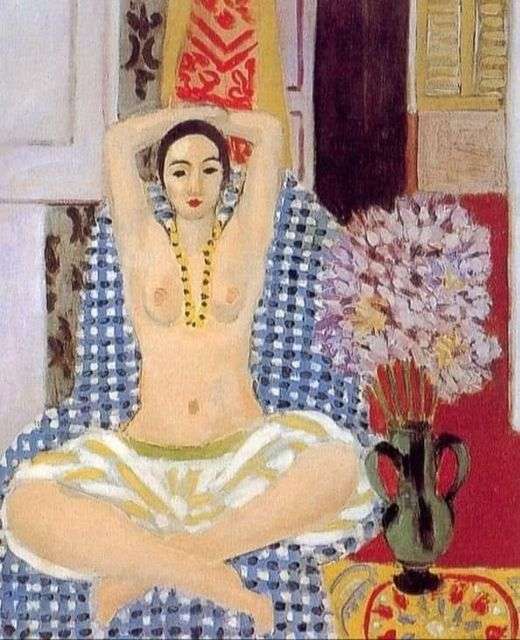
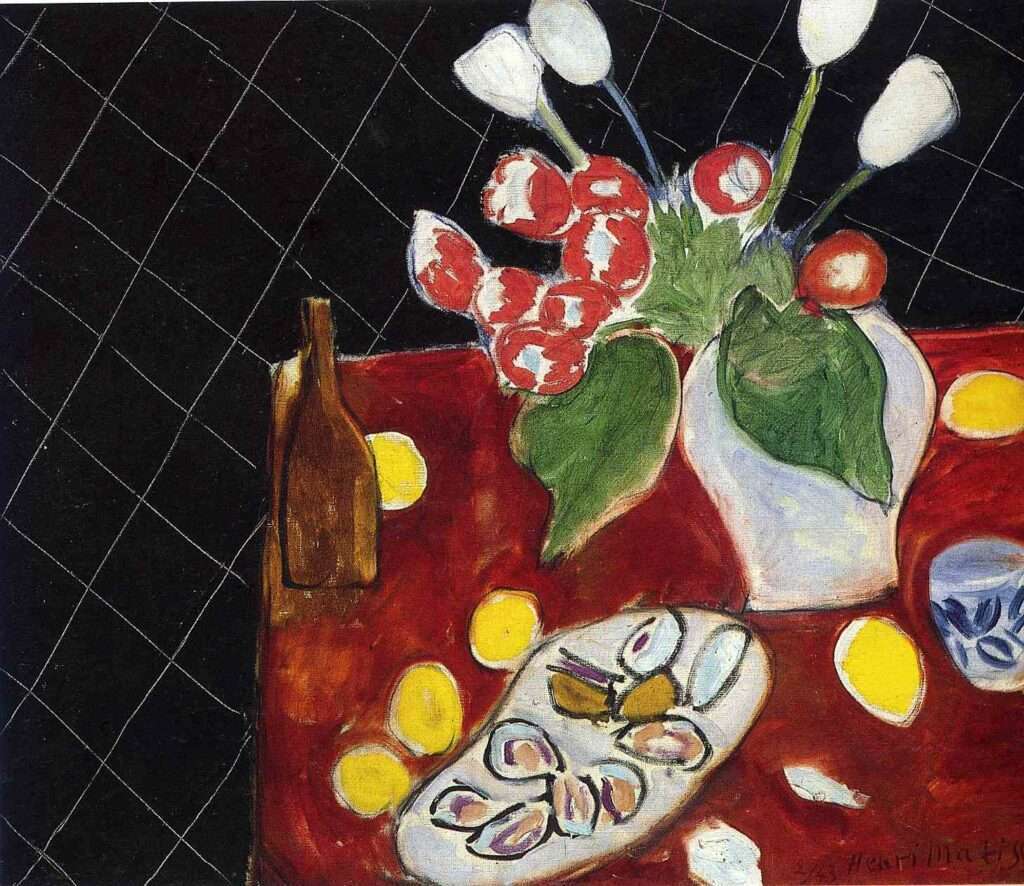
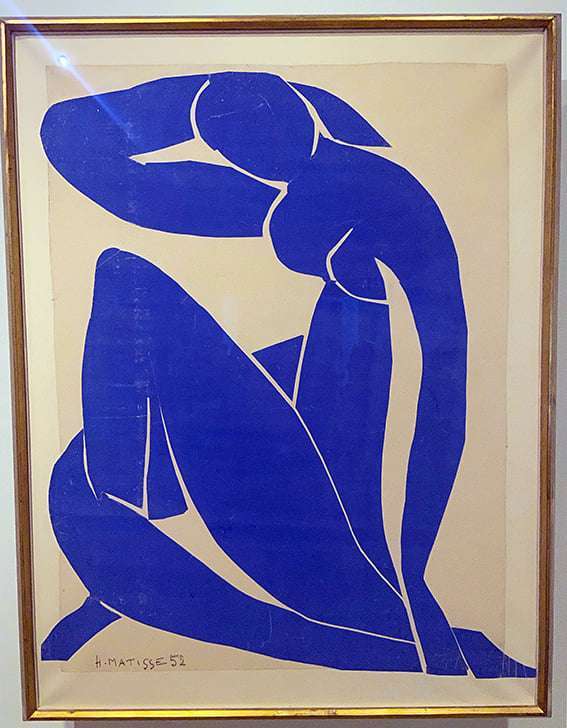
In 1896, Matisse exhibited paintings at the Salon de la Nationale, which attracted widespread interest and earned him membership in the Salon. At the time, this was the only way for painters to make a living - exhibitions at the Salon earned them the attention of buyers and financial rewards or medals from official institutions. For Matisse, this secured commissions from private clients. At the Autumn Salon in October 1905, however, a scandal broke out. The modern conception of the paintings, which literally teemed with colour, was described by one critic as 'a cage of wild beasts' (la cage aux fauves), and so the name of a new artistic movement was coined - Fauvism. It was Matisse who became the leader of the Fauvist group with his painting Woman in a hat. For his saturated colours, imperfect figures and simple colour combinations he earned the nickname "the barbarian". "The colours are meant to express the shock that the spectacle of nature exerts on our senses," declared the painter.
After two years, the group broke up and Matisse never belonged to any school or movement again. He believed that an artist should not be a prisoner of his style or reputation. Fauvism became the basis for the emergence of contemporary art movements such as Expressionism, Cubism and Surrealism.
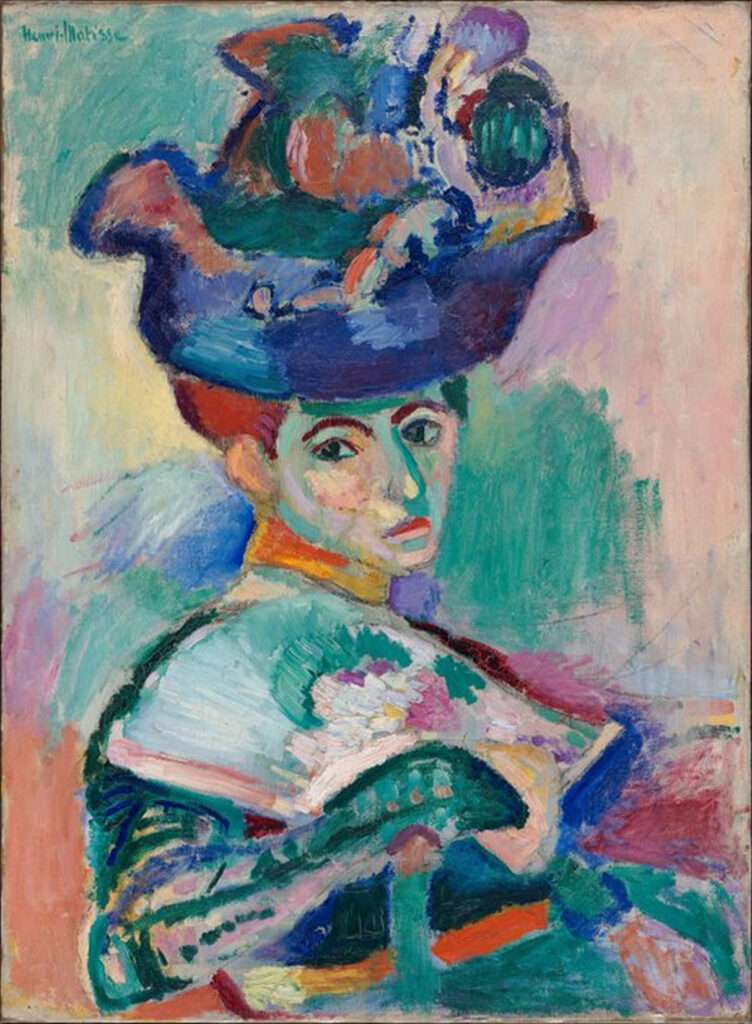

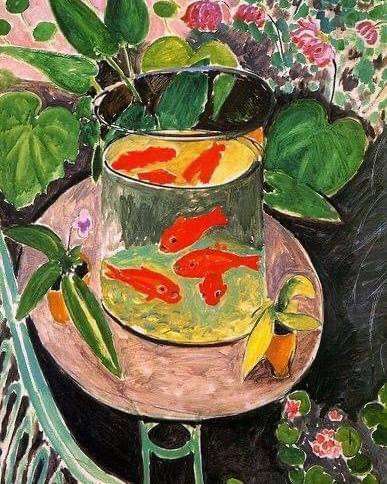
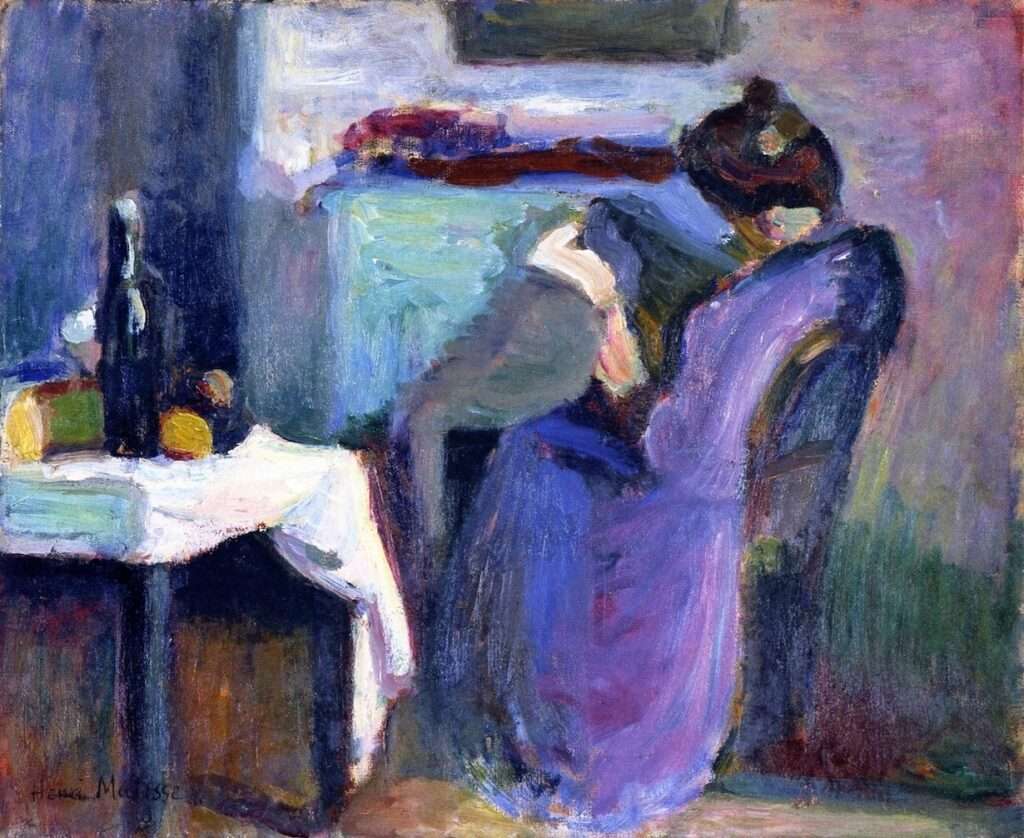
Henri Matisse loved to travel, a new place was always a source of inspiration for him. His journeys, which he referred to as "drives", took him to many countries, and during his lifetime he visited England, Corsica, Italy, Spain, Morocco, Algeria, Tahiti and the United States. He brought back sketches and photographs from his travels so that he could remember all the places well. After visiting Morocco, he began to use rich colors and exotic patterns. In the period before the First World War, he painted many masterpieces. Worth mentioning are the paintings Open window (1905), Joy of life (1906), Margot (1907), Red Harmony (1908). In 1909-10 he created two paintings for the Russian art collector Sergei Shchukin, Dance a Music. When the war broke out, he went to the south of France to help his brother, who had been taken prisoner by the Germans.
In 1925 he was appointed a Knight of the Legion of Honour. His passion for travelling did not leave him even after the war, he divided most of the year between Paris and Nice, in 1930 he visited Tahiti and the United States, where his son Pierre opened a gallery in 1925. In the USA, the painter was the guest of the important art collector Albert Barnes, who commissioned him to decorate the lunettes in one of the halls of his museum; the work took almost three years.
In 1939 his wife Amélie divorced the seventy-year-old Matisse. The immediate cause was Matisse's young assistant and model, the Russian Lydia Delectorsky, who lived with him until the end of his life. During World War II, he became a "degenerate painter" for the German authorities to persecute. He survived the horrors of war in Nice. In 1941 he was diagnosed with duodenal cancer. He underwent a difficult operation at a clinic in Lyon and then settled permanently on the Riviera. He continued to work, but his health forced him to give up normal painting - he could only move around in a wheelchair. Nevertheless, he did not stop creating. He invented the technique of "papiers découpés", the cutting out of paper collages which his assistant glued onto the canvas according to his instructions. Matisse's most popular works created using this technique are Jazz (1947), The King's Sorrow (1952) a Snail (1953). "It is the simplest means that give the artist the greatest possibilities of expression... The artist must never be a prisoner of himself, a prisoner of mannerism, a prisoner of his fame, a prisoner of success." declared the painter. "A pair of scissors is a wonderful tool. Working with scissors and paper is an occupation that completely absorbs me. My joy in making scrapbooks is ever increasing. Why didn't I start doing this sooner? More and more I feel that it is easier to express oneself with a simple cut-out than with a drawing or painting." he claimed.
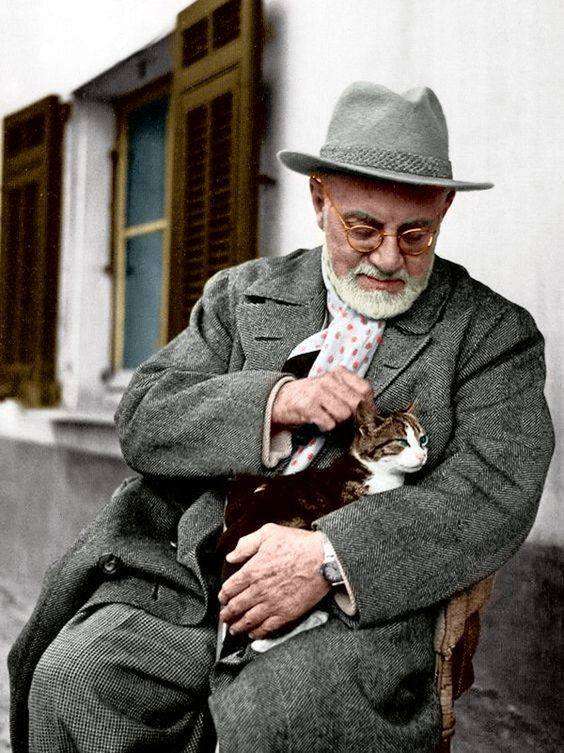
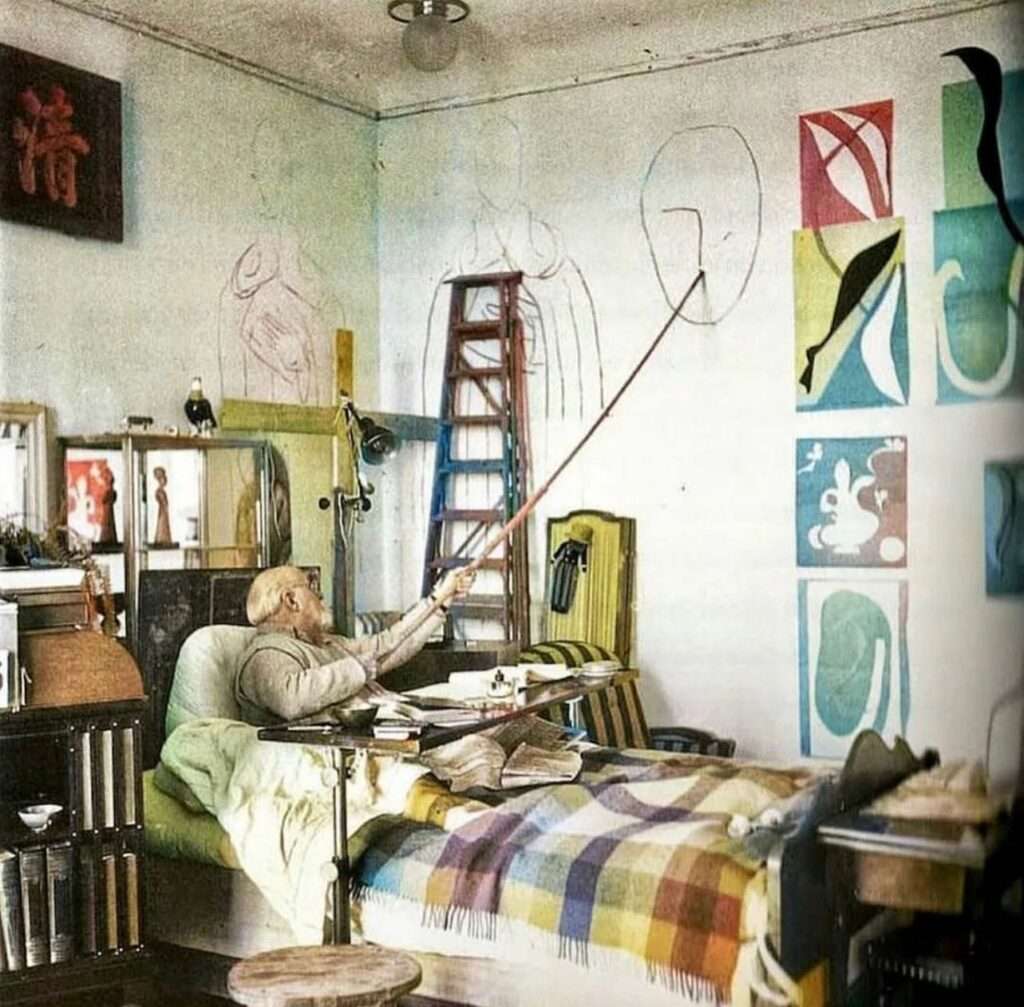
He died in Nice on 3 November 1954 at his home in the Cimiez district of Nice of a heart attack. He is buried in the cemetery there, together with his ex-wife.
Henri Matisse's paintings are now among the most expensive paintings ever sold in the world. They can be admired in private galleries and museums around the world.
Facebook /Gnews.cz - Jana Černá



